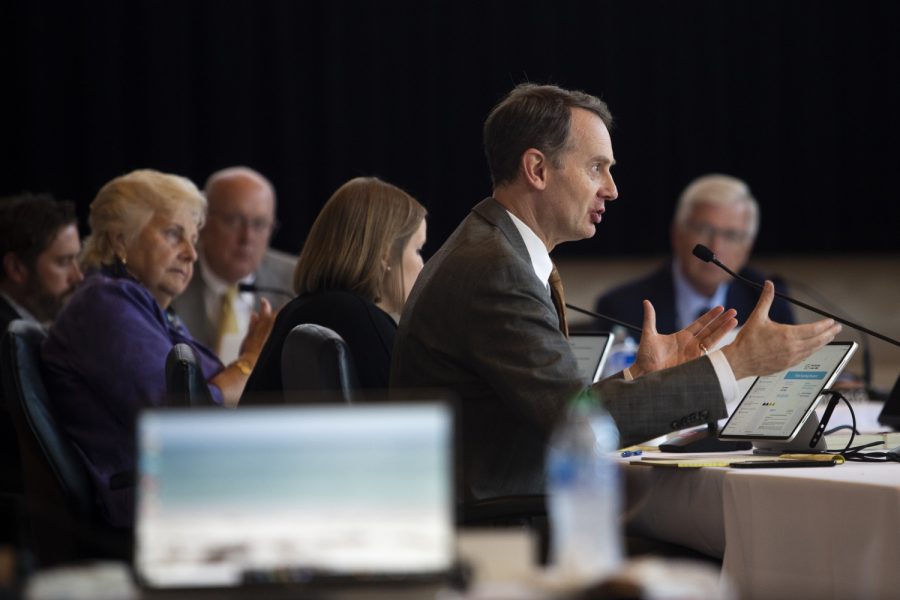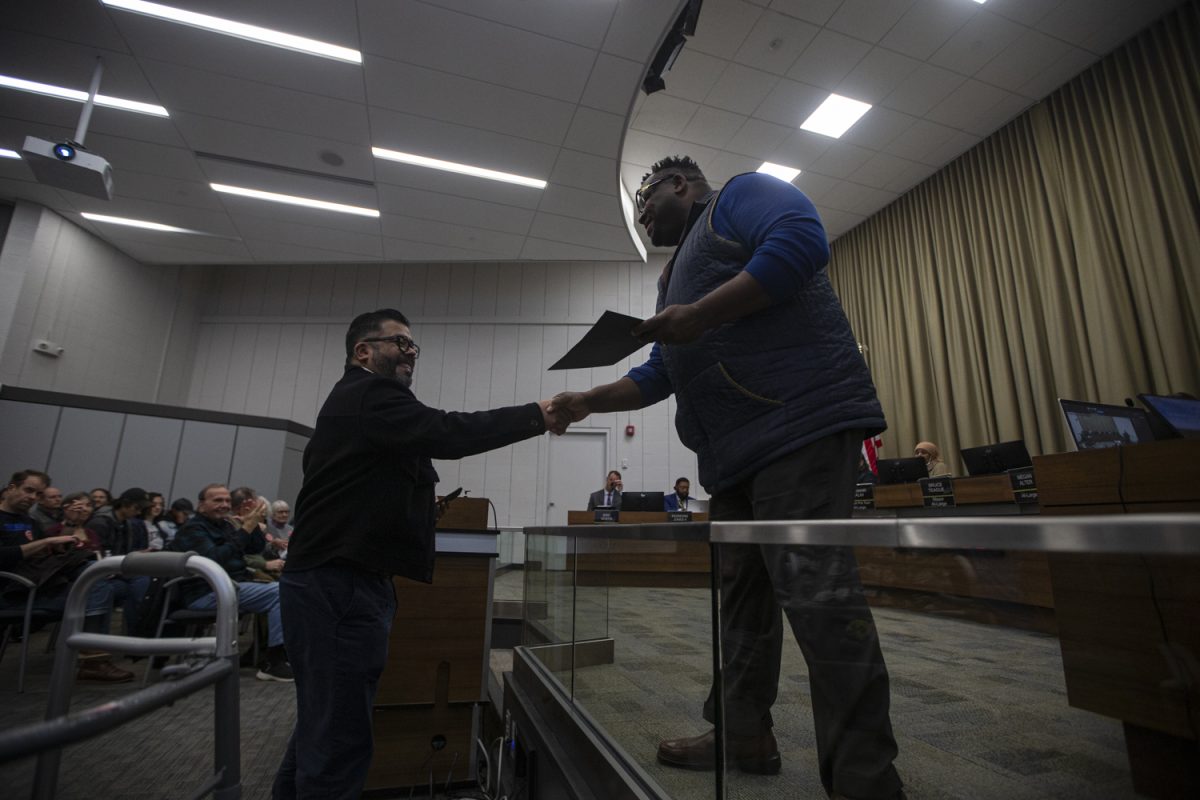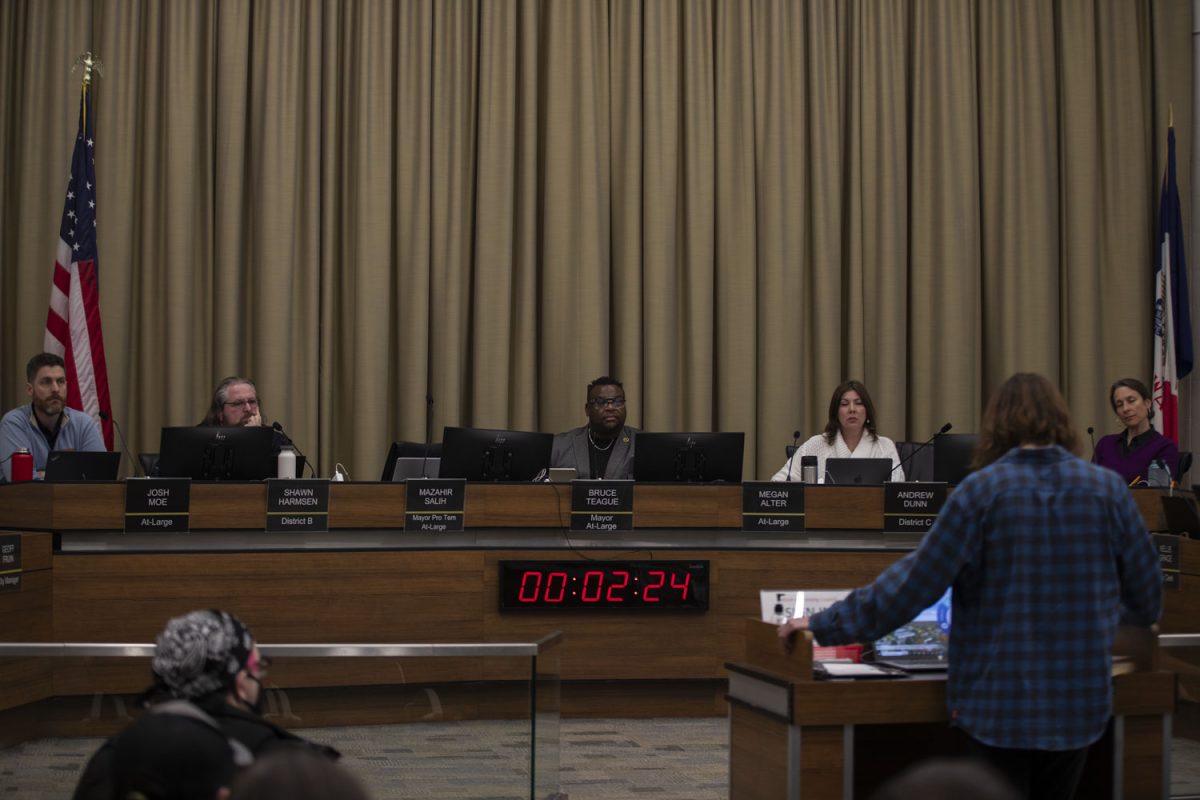After the anticipated Federal Economic Reinvestment and Recovery Act becomes law with President Obama’s signature, some UI economists say the bill is a good move.
“It’s a mistake to expect miracles,” said UI Director for Economic Research John Geweke said, noting that even the $787 billion bill does not compare with how much is spent nationally on a regular basis.
But despite how small the bill remains in terms of national debt, he said, he thinks any percentage of economic growth for the county will be a step in the right direction.
“I don’t have my finger on the pulse of what people expect,” he said, and it is difficult to forecast the direction the economy would have taken without the bill.
Overall, Geweke said, the stimulus plan is a positive step, but it may not be a big enough one toward economic recovery because of the $212 billion geared toward tax relief.
“All the evidence shows you get much more from spending than you do from tax reduction,” he said, noting that 2008’s tax break resulted in little evidence of people reinvesting their money in the economy.
The remaining $575 billion for appropriations and direct spending to provide for services, state, and local government will be more affective in keeping the economy functioning, he said.
“It makes more sense to provide funds to keep things running,” he said.
In terms of education funding — something that sparked much debate between the Senate and House bills — should be looked at as just as much of an investment as other services, Geweke said.
In the end, he said, what’s most important is to reignite economic growth, which is much bigger than federal debt.
UI economics Professor Daniel Kovenock also said the stimulus bill’s passing was necessary, though the total was smaller than it could have been.
“It was a little bit on the downside — it could have been over $1 trillion,” he said.
More is needed to boost the economy, he thinks, and a larger stimulus package may be necessary to carry the United States further.
The new step toward economic recovery has the potential to have high returns for many sectors, Kovenock said, yet the outcome will take significant time to see.
And while the stimulus plan is not as positive as originally predicted, he said, the money going toward reinvestment in research, education, and state government will be an effective way to prevent on cutting down necessary services.
“[Layoffs] will reverberate through out the economy, and more cuts will just feed on itself,” he said.






